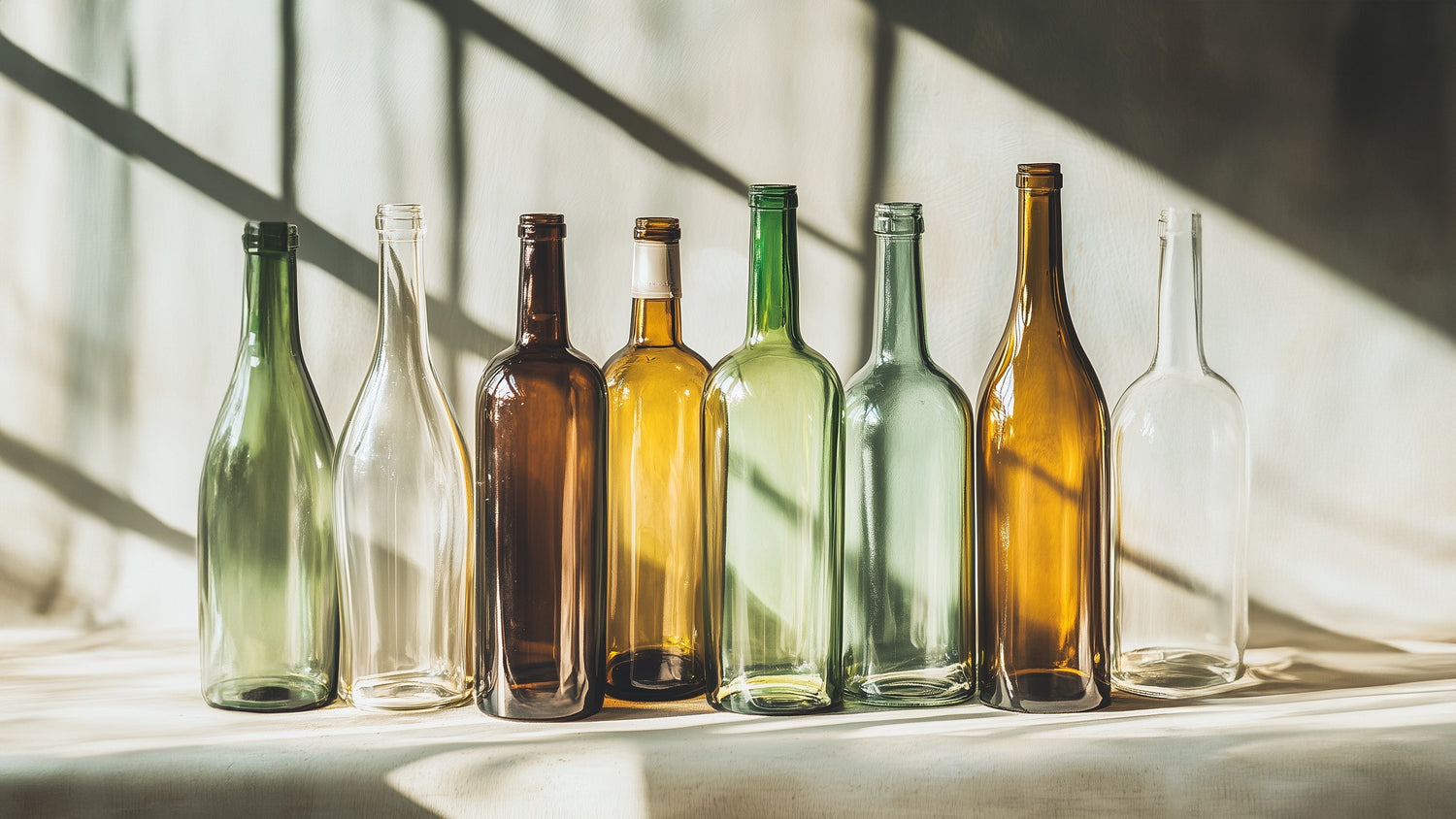Glass is an extraordinary material: ecologically compatible with the environment, it is equipped with a versatility that allows it to take on new shapes through meticulous processing techniques.
Artificially treating the raw materials of which the glass is composed, means modeling it in its most varied forms, allowing it to acquire different chemical-physical properties and suitable for its use.
The processing of industrial glass involves the use of the following techniques:
merger;
forming;
annealing;
finishing.
In nature, glass is formed when:
1) quartz sand melts due to a sharp rise in temperature (caused by lightning, volcanic eruptions or severe meteor impacts);
2) the molten mass is subsequently cooled.
We can therefore define glass as a solidified fluid.
The "glass state" is known as the fourth state of matter (after the solid, liquid, and gaseous state).
In fact, glass has the property of stiffening without crystallizing, maintaining the same molecular structure of liquids.
In this article we offer you a simple guide to glass processing in its 4 stages, closely observing the process by which this wonderful material comes to life.
Step 1 Glass Processing: Melting
During this first step, raw materials such as silica sand, sodium carbonate and lime are added to vitrifying mineral substances that act as fluxes.
At this point the mixture is placed in the furnace and heated for 24 hours at a temperature of 1200-1500 ºC.
The product obtained by melting is a sticky liquid with the consistency of honey.
The decomposition of carbonates and initial sulphates causes the formation of gas bubbles, which are carefully removed from the glass mass by the addition of fining substances.
This results in a clear, transparent and homogeneous fluid.
Step 2 Glass Processing: Forming
This phase involves the use of different techniques, applied on the still fluid glass to forge it into a defined shape.
The processing methods for hollow glass (from which containers, bottles, glasses, etc.) are:
casting: the glass mass is adhered to a mould using gravity and centrifugal force;
Blowing: the molten glass is pierced by a blow pipe, to shape its shape through a jet of air.
They use the temperature field, fluidity and viscosity of the glass to shape it, avoiding subsequent changes.
With regard to the processing of flat glass (from which useful plates for windows, car windows, shower enclosures, etc.), the lamination technique is used. It involves sliding the molten glass into cooled steel rollers, through which a continuous strip is formed.
Stage 3 Glass Processing: Annealing
With the annealing technique, the internal stresses accumulated in the glass during the previous phase are removed, subjecting it first to high temperatures to thermally uniform each point, and then a gradual cooling that gives it its final shape.
Once all the twists have been removed, it is possible to proceed with the fourth and final step of the production process, in which the glass will be cut and shaped.
Stage 4 Glass Processing: Finishing
At this point in the production of glass, all that remains is to finish the almost finished product.
The finishing practices can be:
1) Thermal equipment:
hardening: a sudden overhang of temperature allows to increase the mechanical resistance of the glass to traction and impact;
Local melting: High temperature exposure to assemble multiple parts.
2) Mechanical equipment:
grinding: makes the glass translucent;
grinding: removes the sharp edges of the glass;
carving: cold-made surface treatment of the glass.
3) Chemical products:
addition of hydrofluoric acid to achieve total or partial opacification of the glass pane.
At the end of the 4 processing steps, the glass is ready to perform its function.
In this early life he may have taken the form of a glass, a bottle, a light bulb, a mirror, a window, or even a beautiful work of art.
the pedestal, alexandra reeves
The Pedestal, Alexandra Reeves
The infinite rebirth of glass
Regardless of the shape given to the glass with the first processing, once its task is finished, it can undergo post-recycling treatments that will allow it to take on totally new appearance.
This wonderful material in fact can be recovered and reused in the production cycle countless times keeping its quality intact and respecting the environment.
At Amarzo, we incessantly recover ex-wine bottles, to give them a new life and create original eco-sustainable glass works. If you, too, care about the preservation of our planet and are a lover of traditional craftsmanship, come and discover 100% recycled glass products on our website.
Article edited by Sofia Tamborra


![Lavorazione del vetro [Guida Semplice]](http://amarzo.com/cdn/shop/articles/glass_1.png?v=1743428739&width=3000)

![Vassoio con Collo di Vetro Riciclato [Lav. Lucida]](http://amarzo.com/cdn/shop/products/vassoio-con-collo-125288.jpg?v=1699712421&width=1100)





1 comment
il vetro non è il quarto stato della materia. Il 4° stato è il plasma, lo stato prevalente dell’universo